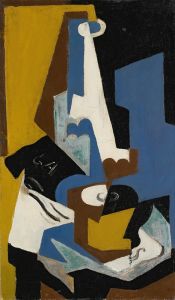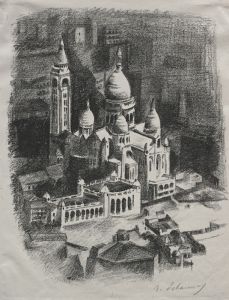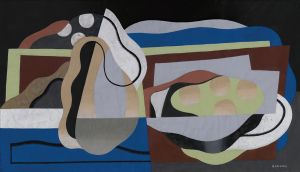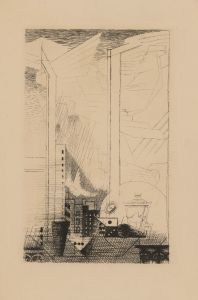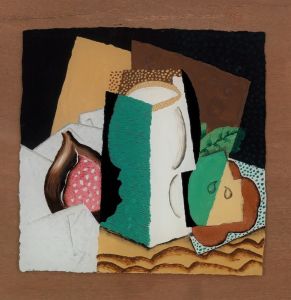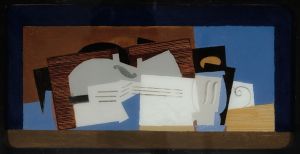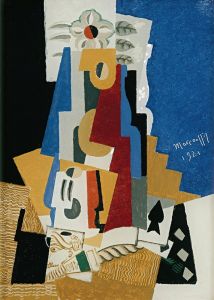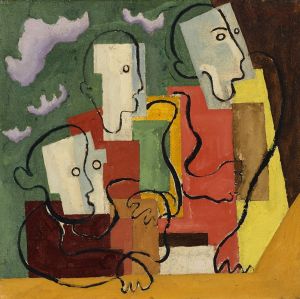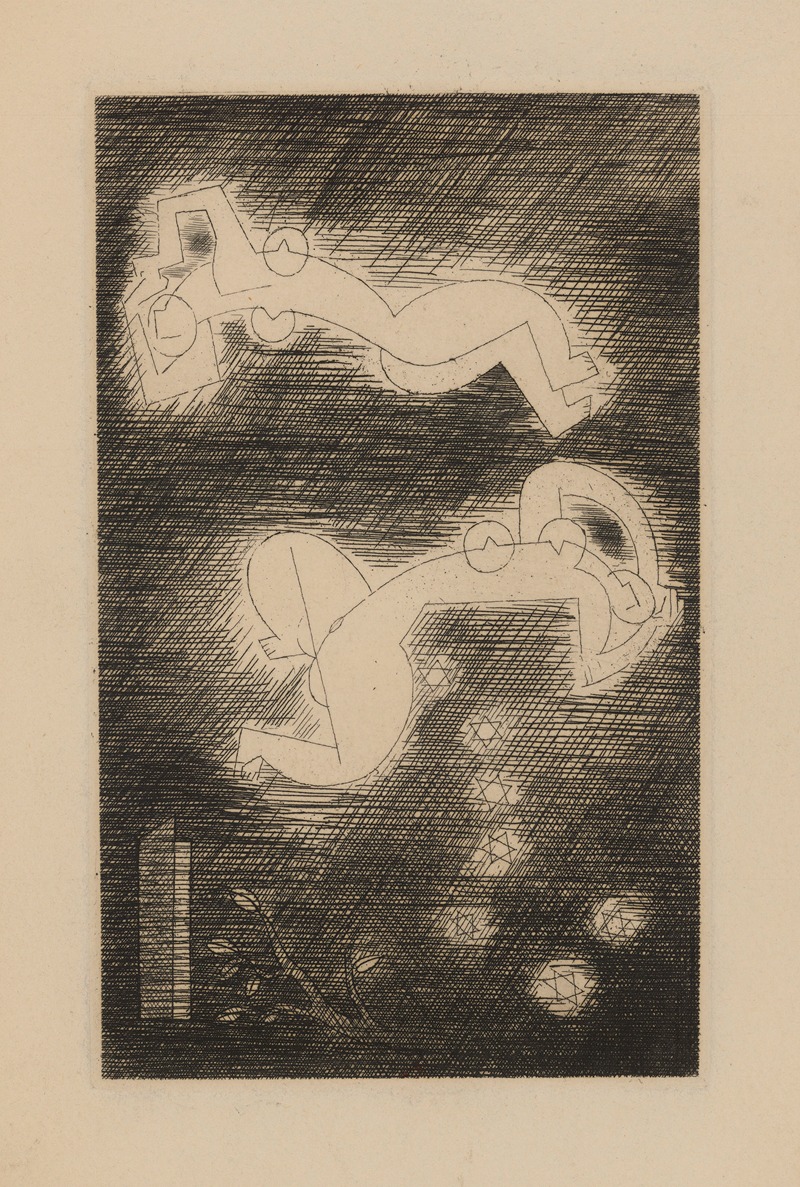
La Chanson du Mal-Aimé
A hand-painted replica of Louis Marcoussis’s masterpiece La Chanson du Mal-Aimé, meticulously crafted by professional artists to capture the true essence of the original. Each piece is created with museum-quality canvas and rare mineral pigments, carefully painted by experienced artists with delicate brushstrokes and rich, layered colors to perfectly recreate the texture of the original artwork. Unlike machine-printed reproductions, this hand-painted version brings the painting to life, infused with the artist’s emotions and skill in every stroke. Whether for personal collection or home decoration, it instantly elevates the artistic atmosphere of any space.
La Chanson du Mal-Aimé (The Song of the Poorly Loved) is a painting by Louis Marcoussis, a Polish-born French Cubist painter and engraver. Marcoussis, born Ludwik Kazimierz Władysław Markus in Warsaw in 1878, became a prominent figure in the Parisian art scene during the early 20th century. He is best known for his contributions to the Cubist movement, which sought to break away from traditional perspectives and represent subjects through fragmented and abstracted forms.
The painting takes its title from the poem "La Chanson du Mal-Aimé" by Guillaume Apollinaire, a French poet and close associate of Marcoussis. Apollinaire's poem, first published in 1913, is a melancholic and fragmented narrative about unrequited love. It is considered one of the key works of modernist literature. Marcoussis, like many artists of his time, was deeply influenced by Apollinaire's innovative approach to language and structure, which paralleled the visual experimentation of Cubism.
La Chanson du Mal-Aimé reflects Marcoussis's mature Cubist style, characterized by the use of geometric forms, muted color palettes, and the incorporation of textual elements. The painting is believed to include references to Apollinaire's poem, though these are abstracted and open to interpretation. Marcoussis often integrated musical and literary themes into his work, and this piece is no exception, blending visual art with the rhythm and emotion of poetry.
The exact date of the painting's creation is not definitively documented, but it is generally associated with Marcoussis's later works, when he had fully embraced the principles of Synthetic Cubism. This phase of Cubism, which emerged after the initial Analytical Cubism developed by Pablo Picasso and Georges Braque, focused on reconstructing objects and scenes using simplified shapes and incorporating elements like collage and text.
Louis Marcoussis's connection to Apollinaire and the broader intellectual milieu of early 20th-century Paris is a significant aspect of his artistic identity. He was part of a vibrant community of artists, writers, and thinkers who were reshaping the boundaries of their respective disciplines. Marcoussis's work, including La Chanson du Mal-Aimé, reflects this dynamic cultural exchange.
Today, La Chanson du Mal-Aimé is recognized as an example of Marcoussis's ability to merge visual art with literary and musical influences. The painting is held in a private collection or museum, though specific details about its current location are not widely available. Marcoussis's contributions to Cubism and his collaborations with figures like Apollinaire continue to be studied and celebrated in the context of modern art history.





